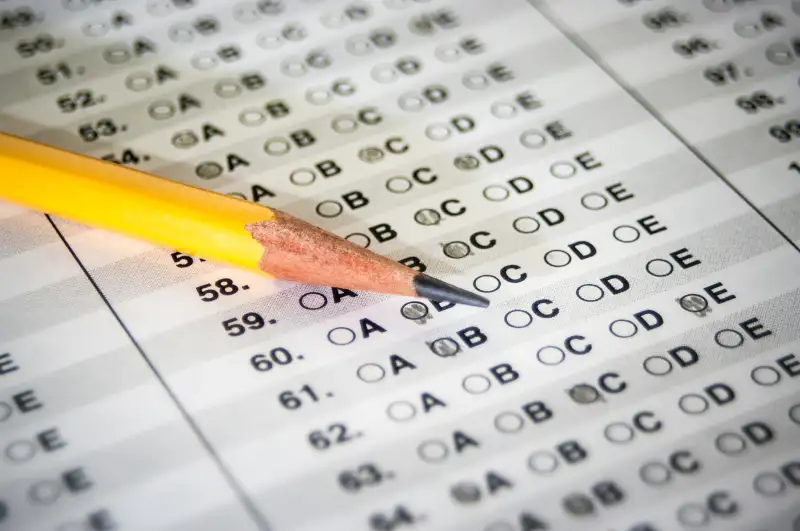SAT Scores Take a Dip

Average SAT scores have dipped ever so slightly from last year, according to the College Board’s annual report released today.
The average score on a 1,600-point scale was just over 1,000, with a 494 average in critical reading and 508 in math. The average for the now-optional writing section was 482. Scores were three to five points lower in each subject compared with last year's average scores.
This year’s results are unusual in a couple of ways, but mostly because the College Board introduced a redesigned SAT exam in March, so there wasn't a full year of new exam data or a full year of old exam data to draw on. Therefore, year-over-year score comparisons are based on members of the Class of 2016 who took the old exam before it was retired in January and members of the Class of 2015 who took it before January of their senior year.

Next year's report will be the first that fully examines the redesigned SAT. Nearly 1.36 million people took the new SAT between March and June 2016, about 180,000 more than took the old version of the exam during the same period in 2015. The College Board called that growth a "substantial show of support for the test’s redesign," and said its in-house survey results found a majority of students who took the new exam preferred it over the old one.
Yet the organization has faced criticism over the redesigned test, most recently through a Reuters investigation that showed College Board officials apparently ignored the concerns of educators who reviewed the test and said the math portion was too wordy.
Roughly 458,000 students took the SAT during the school day during the 2015-16 year, more than double the number who took it in school the year before. That increased accessibility is one reason test officials say the partial year average scores of the Class of 2016 decreased slightly from the previous cohort of test takers. (ACT officials offered a similar explanation for the decline in average ACT scores.)
The report also comes out days after College Board CEO David Coleman announced at the National Association for College Admissions Counseling conference that the College Board and the ACT would finally work together to release a joint concordance table to help students and counselors understand how scores on the two exams correspond. The two organizations fired back and forth through the media earlier this year, after the College Board released a table translating test scores that ACT officials called inaccurate.
All this comes in an environment where more colleges are implementing test-optional admissions policies, in which students can decide whether they want to submit standardized test scores when they apply. More than 850 colleges, includes several elite ones, are now test optional, according to the National Center for Fair and Open Testing.
College Board officials acknowledged in a recent call with reporters that the test optional trend has gotten a lot of attention. But they noted that test scores are still required to qualify for merit aid in many cases and are often used for course placements. Also, most students apply to more than one college.
“The reality for most students and families is that college entrance exams are a necessary part of the college admissions process,” said Jack Buckley, senior vice president of research for College Board.
The report released today also includes updated statistics about the use of the Official SAT Practice program created by the College Board and Khan Academy. More than 1.7 million users have signed up for the free program, and there was a 10% drop in the number of students who paid for SAT prep materials.
Along with the SAT, the College Board now offers the PSAT 8/9 and PSAT 10, as well as the PSAT/NMSQT for juniors. More than 6.7 million students took at least one of those exams last school year. College Board Chief of Assessment Cyndie Schmeiser says the earlier exams show students whether they’re on track to perform at an grade-appropriate level on the SAT. And so far, the majority of students are not. Thirty-eight percent of 10th-graders met the new benchmarks, as did 37% of 9th-graders and 32% of 8th-graders.
